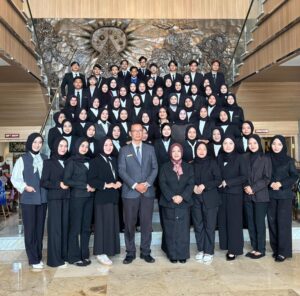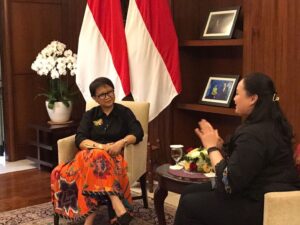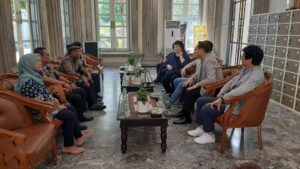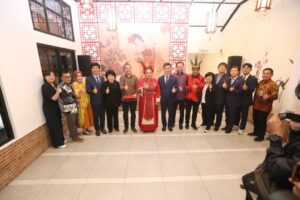City diplomacy is generally understood as a form of diplomacy conducted by subnational
actors, an interplay between “diplomatic and urban practice” that seeks to influence the
international environment for the purpose of safety, security, and prosperity of local citizens as well as the advancement of global interest and identity. As one of the subnational actors, cities can also help to promote national interest and the nation’s image in international world.
The involvement of actors at this level is known as paradiplomacy, which is defined simply as the involvement of subnational governments through the establishment of formal or informal ties with foreign public or private entities, permanent or temporary (ad hoc), with the objective of promoting social, economic, cultural or political dimensions of development. One of the variations of paradiplomacy is city diplomacy. In the 2000s, an approach, in the field of international relations and regional government studies, which more specifically
observes the role of cities emerged.
In 2006, there was a working conference held by the City Diplomacy Committee in Perugia, Italy. This event, which became known as the Perugia Meeting, was a mutual sharing forum among 40 participants that consisted of local authorities from various countries, they discussed about how local governments can play a role in global issues such as conflict prevention, conflict resolution, and post conflict reconstruction. In 2008, The 1st World Conference of city diplomacy was arranged by the City Government of Den Haag, the Netherlands and resulted in a more comprehensive academic article on city diplomacy, in terms of definition and description on the limitation of roles that local authorities can actually perform.
The established assumption is that there are many cross-national conflicts occurring at the local level, or conflicts that are geographically located in cities. Meanwhile, there seems to be a more extensive argumentation in academic studies, wherein local authorities can play a greater role, particularly by collaborating with global actors, or with similar-level local actors in other countries that are reputable or have a global reach. This terminology led to the view that city diplomacy is achieved by involving cities with other “glocal” actors and conducting various joint activities, such as “facilitating communication, negotiating agreements, gathering information, preventing conflicts, and symbolizing the existence of an international community”
Based on this perspective, the practice of city involvement in international relations is nothing new at all. What can be considered new is the nature and scope of city diplomacy that have developed more intensely and extensively. Its intensity relates to issues included in the city’s area of involvement and its extensiveness relates to the extent of authority that the city has, in accordance with the mandate given by the central government.
International studies have long restricted the role of cities, based on assumptions of “separateness, discontinuity, and exclusivity”, cities are positioned as part of the national authority. Such perspective has been a restricting factor for cities when they carry out their role as a diplomatic actor, this has accordingly led to differences in understanding city-based diplomacy activities and traditional foreign politics.








Leave a Comment